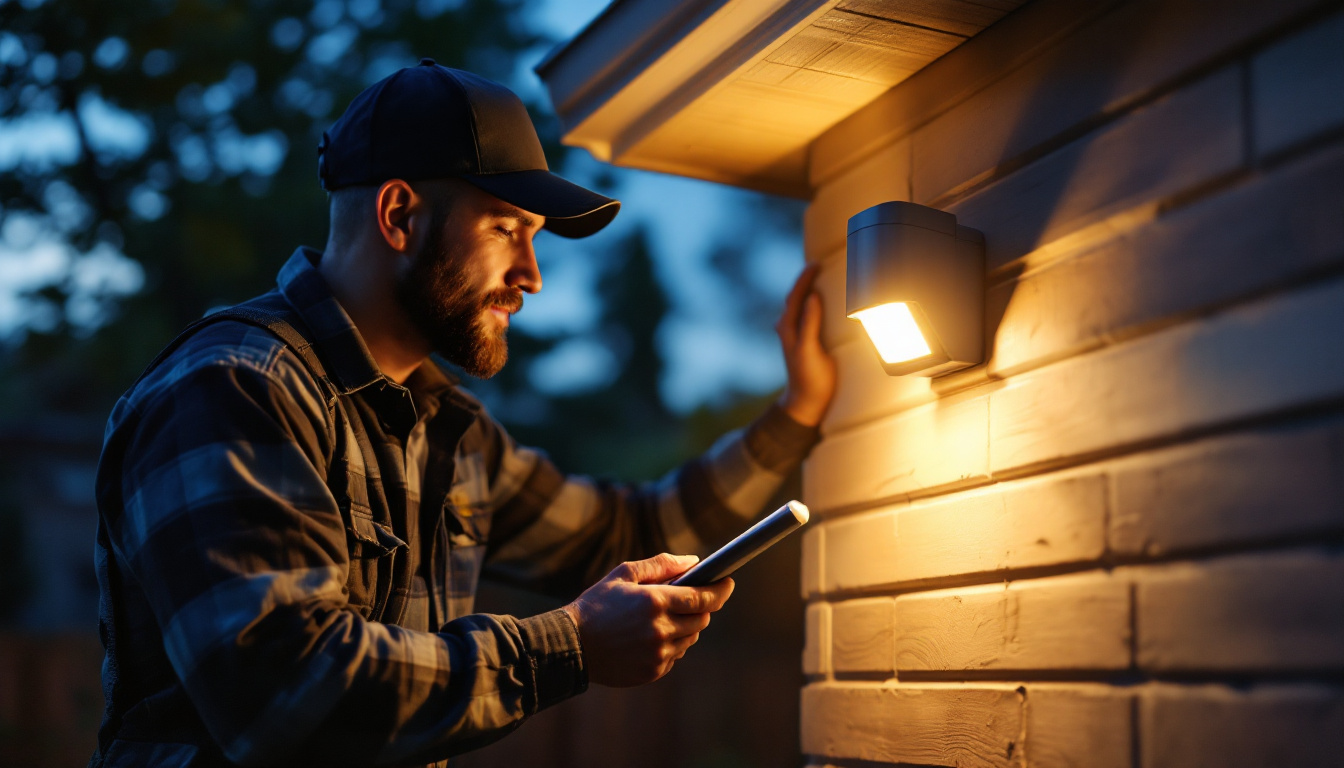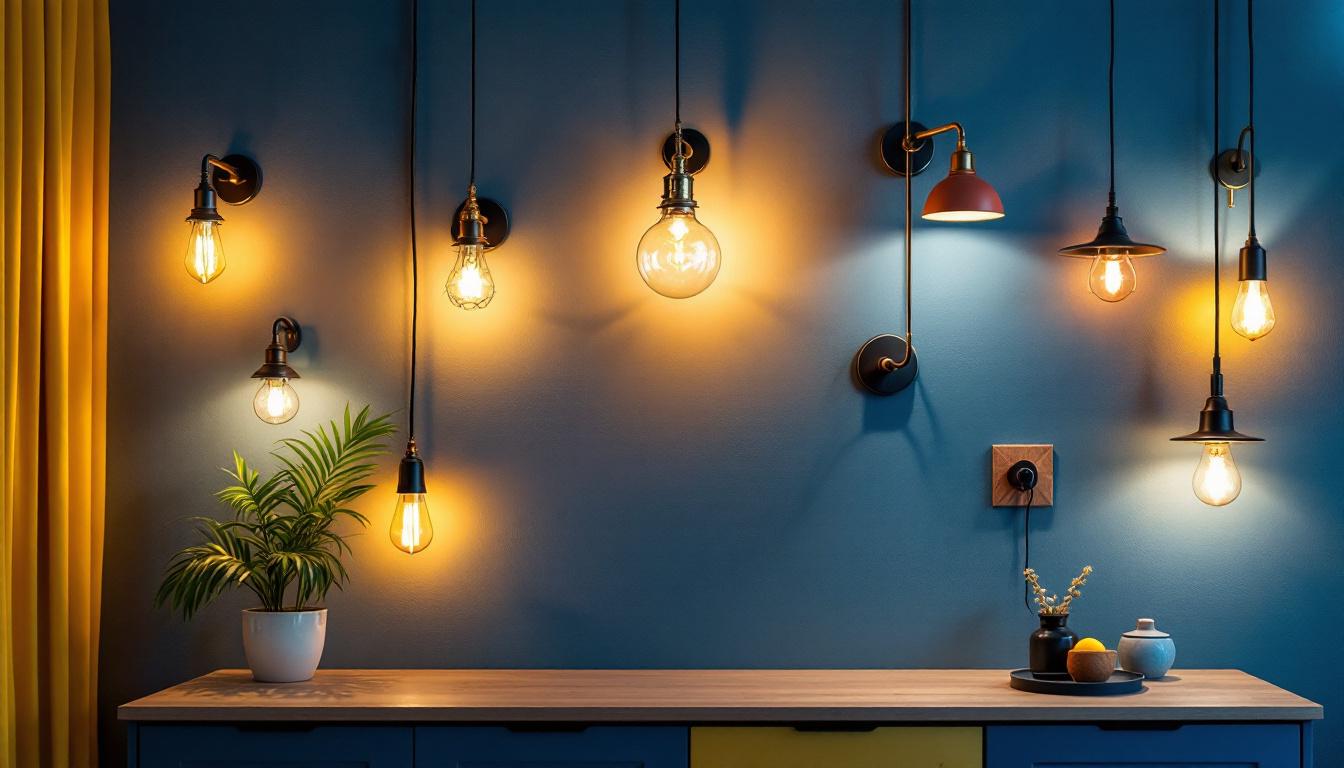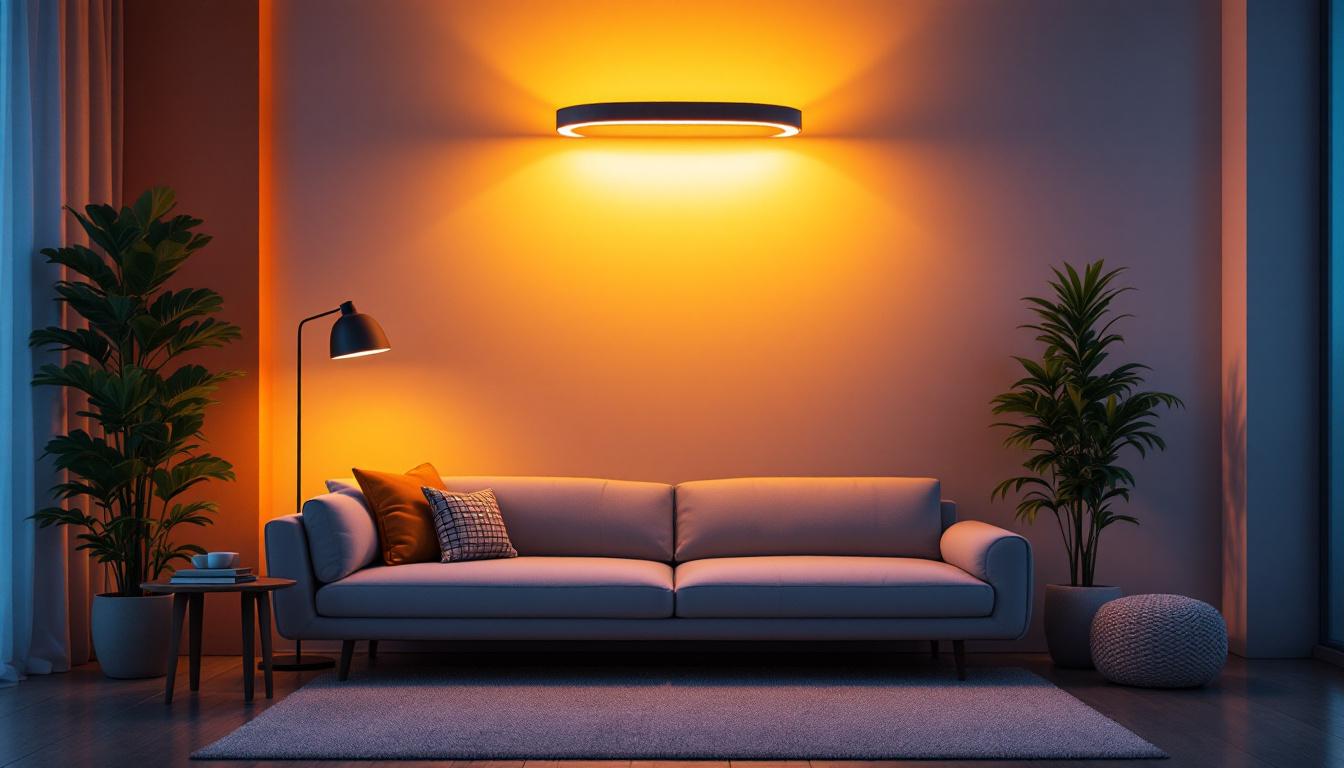
Recessed lighting has become a popular choice for both residential and commercial spaces, offering a sleek and modern aesthetic while providing effective illumination. As a lighting contractor, understanding the nuances of recessed lighting upgrades is essential for delivering quality service and meeting client expectations. This article will delve into the various aspects of recessed lighting, from planning and installation to the latest trends and technologies.
Recessed lighting, often referred to as can lighting or pot lighting, involves fixtures that are installed into the ceiling, creating a clean look that maximizes headroom and minimizes visual clutter. These fixtures can be used for general, task, or accent lighting, making them versatile for various applications. Whether you are illuminating a cozy living room, a modern kitchen, or a sophisticated office space, recessed lighting can seamlessly integrate into your design, providing both functionality and style.
To successfully upgrade to recessed lighting, it’s important to understand its key components. The main elements include the housing, trim, and bulb. The housing is the part that is installed in the ceiling and can vary in size and shape depending on the application. It is crucial to select the appropriate housing type, such as new construction or remodel housings, based on whether you are installing in a new build or retrofitting an existing ceiling. The trim is the visible part of the fixture, which can be decorative or functional, available in various finishes and styles to complement your interior design. Meanwhile, the bulb type will determine the quality and intensity of light produced; options range from traditional incandescent to energy-efficient LED bulbs, each offering unique benefits in terms of brightness and longevity.
There are several advantages to choosing recessed lighting for a space. Firstly, it provides a streamlined look that can enhance the overall aesthetic of a room. The unobtrusive nature of recessed fixtures allows for a more open feel, making spaces appear larger and more inviting. Secondly, recessed lighting can be strategically placed to highlight architectural features or artwork, adding depth and interest to the design. For instance, placing fixtures above a piece of art can create a gallery-like ambiance, while accentuating crown molding or architectural beams can draw the eye upward, emphasizing the height of the room. Additionally, these fixtures can be equipped with dimmers, allowing for adjustable lighting levels to suit different moods and activities. This flexibility makes recessed lighting ideal for multifunctional spaces, where the ambiance may need to shift from bright and energetic during the day to soft and relaxing in the evening.
Moreover, recessed lighting can contribute to energy efficiency in your home. With advancements in LED technology, homeowners can enjoy significant savings on their energy bills while benefiting from longer-lasting bulbs. LEDs emit less heat compared to traditional incandescent bulbs, making them a safer option for enclosed spaces. Furthermore, the ability to install smart lighting systems with recessed fixtures allows for remote control and scheduling, enhancing convenience and further optimizing energy use. This modern approach to lighting not only elevates the aesthetic appeal of your home but also aligns with sustainable living practices, making recessed lighting a smart choice for the environmentally conscious homeowner.
Before diving into the installation process, careful planning is crucial to ensure optimal results. This involves assessing the space, determining the lighting needs, and selecting the appropriate fixtures.
Begin by evaluating the area where the recessed lighting will be installed. Consider the ceiling height, existing light sources, and the overall layout of the room. For instance, in rooms with higher ceilings, larger fixtures may be necessary to provide adequate illumination. Conversely, in smaller spaces, smaller fixtures may suffice.
Next, identify the specific lighting requirements for the space. This includes deciding whether the recessed lights will serve as general lighting, task lighting, or accent lighting. For example, in a kitchen, recessed lights can provide general illumination, while in a living room, they may be used to highlight artwork or architectural features.
Choosing the right fixtures is essential for achieving the desired lighting effect. Consider factors such as the size of the housing, the type of trim, and the bulb compatibility. LED options are increasingly popular due to their energy efficiency and longevity, making them a smart choice for both residential and commercial applications.
Once the planning phase is complete, the next step is the installation of the recessed lighting fixtures. This process requires careful attention to detail to ensure safety and functionality.
Before beginning the installation, gather all necessary tools and materials. Common tools include a stud finder, drywall saw, wire stripper, and electrical tape. Additionally, ensure that you have the appropriate wiring, connectors, and fixtures on hand to avoid delays during the installation process.
The installation process can be broken down into several key steps:
When upgrading to recessed lighting, design considerations play a crucial role in achieving a cohesive and aesthetically pleasing look. The placement, spacing, and color temperature of the lights can significantly impact the overall ambiance of a space.
Proper placement and spacing of recessed lights are vital for achieving even illumination. A common guideline is to space the fixtures approximately 4 to 6 feet apart, depending on the ceiling height and the wattage of the bulbs used. In general, the higher the ceiling, the greater the distance between fixtures.
Color temperature is another important factor to consider when selecting recessed lighting. Measured in Kelvins (K), color temperature can range from warm (around 2700K) to cool (above 5000K). Warmer tones create a cozy atmosphere, making them ideal for living areas, while cooler tones provide a more energetic feel, suitable for workspaces or kitchens.
The world of recessed lighting is constantly evolving, with new trends emerging that enhance both functionality and design. Staying updated on these trends can help lighting contractors provide clients with the most current options available.
One of the most significant trends in recessed lighting is the integration of smart technology. Smart recessed lights can be controlled via smartphone apps or voice commands, allowing users to adjust brightness, color, and even set schedules. This level of convenience is increasingly appealing to homeowners looking to enhance their living spaces.
Adjustable and directional recessed fixtures are gaining popularity, particularly in spaces where flexibility is desired. These fixtures can be tilted or rotated to direct light where it is needed most, making them ideal for accent lighting or highlighting specific areas within a room.
After the installation of recessed lighting, ongoing maintenance is essential to ensure the longevity and functionality of the fixtures. Understanding common issues and how to troubleshoot them can save time and resources.
Regular maintenance of recessed lighting includes checking for dust accumulation, replacing burnt-out bulbs, and ensuring that all electrical connections remain secure. It’s advisable to clean the trims periodically to maintain their appearance and prevent any potential fire hazards caused by dust buildup.
Common issues with recessed lighting may include flickering lights, dimming, or complete failure. Flickering can often be resolved by checking the bulb connections or replacing the bulb. If lights are dimming, it may indicate a problem with the circuit or the need for a higher wattage bulb. In cases of complete failure, checking the wiring and connections is essential to identify any faults.
Upgrading to recessed lighting can significantly enhance the functionality and aesthetic appeal of any space. By understanding the components, planning the installation, and keeping abreast of current trends, lighting contractors can provide exceptional service to their clients. With careful attention to design considerations and ongoing maintenance, recessed lighting can serve as a long-lasting and effective lighting solution.
As the demand for modern lighting solutions continues to grow, staying informed about recessed lighting upgrades will empower contractors to meet the evolving needs of their clients. Whether it’s for a residential renovation or a commercial project, recessed lighting offers endless possibilities for creating beautiful and functional spaces.
Ready to take your recessed lighting projects to the next level? At LumenWholesale, we provide lighting contractors with the highest quality, spec-grade lighting products at prices that can’t be beaten. Say goodbye to local distributor markups and hello to our extensive selection that meets the most rigorous industry standards. With free shipping on bulk orders, you can trust that you’re getting premium lighting solutions at the best value, without any hidden costs. Elevate your lighting installations with the perfect combination of quality, affordability, and convenience. Visit LumenWholesale today for wholesale lighting that truly shines.

Discover how outdoor light motion sensors are revolutionizing the lighting industry, enhancing efficiency and security for contractors.

Discover the transformative journey of wall-mounted lighting solutions in the article “Lights To Hang On Wall: The Evolution in the Lighting Industry.” Explore innovative designs, technological advancements, and the impact on modern interior aesthetics..

Discover the transformative power of LED fixtures for garages, exploring cutting-edge designs and installation techniques that promise energy efficiency, enhanced visibility, and modern aesthetics.

Discover how Light B is revolutionizing the lighting industry with its innovative technology and sustainable solutions.